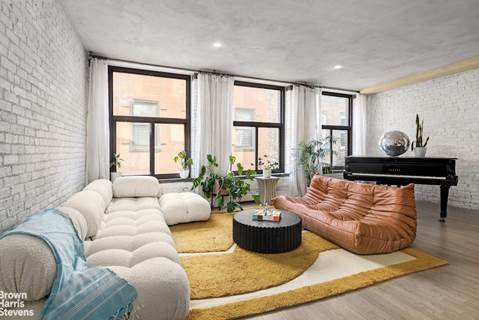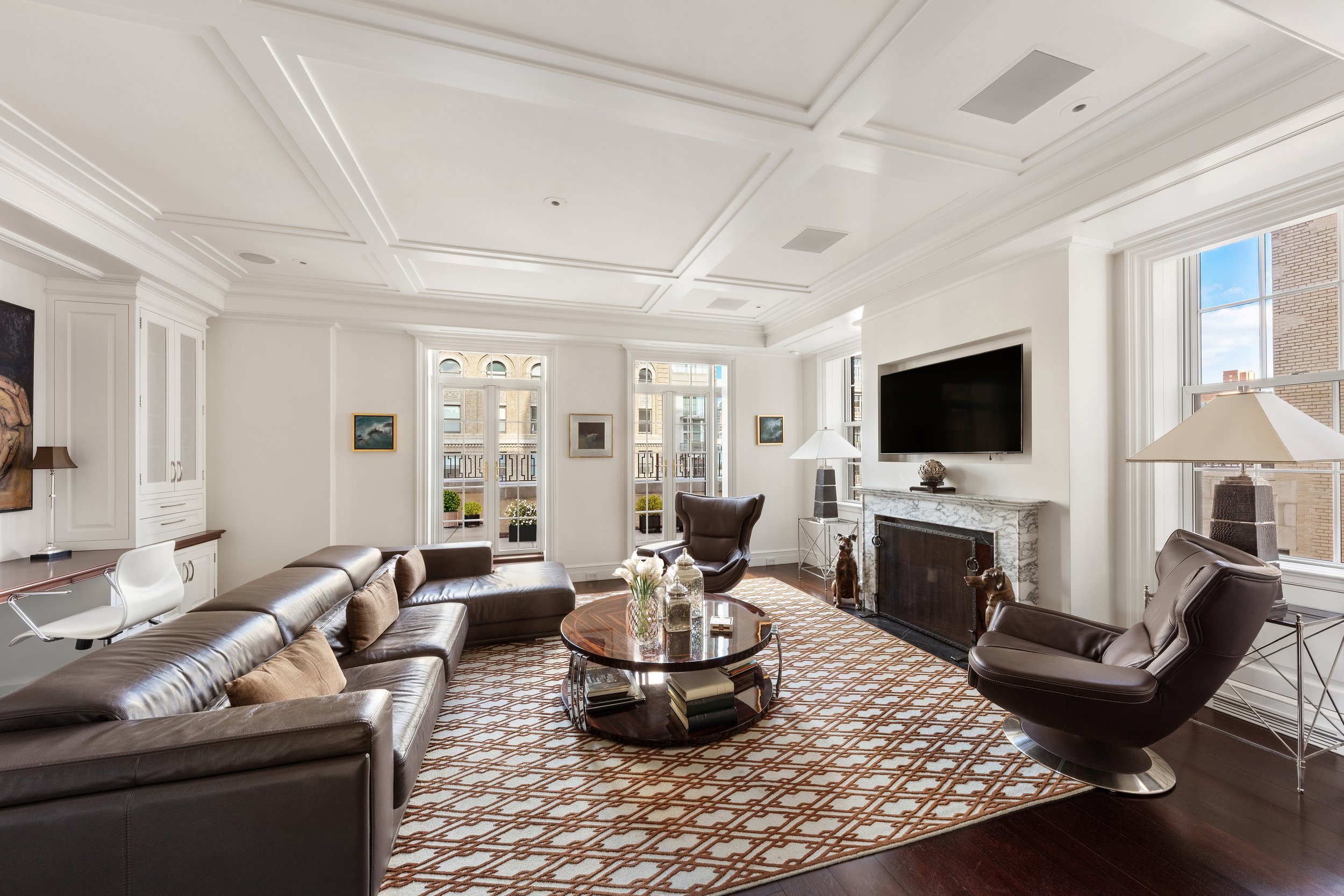Beyond Boundaries: Creating Collaborative Environments with Glass Partitions
In today's fast-paced and dynamic work environments, fostering collaboration and communication among team members is crucial for success. One innovative solution that has gained popularity in recent years is the use of glass partition walls. These transparent barriers not only break down physical boundaries but also symbolize openness and transparency within the workplace. In this article, we will explore the impact of glass partition walls on collaborative spaces, team dynamics, project collaboration, and spatial harmony across various industries.
Breaking Down Walls: The Symbolism and Impact of Glass in Collaborative Spaces
Glass partition walls have become more than just a practical solution for dividing office spaces. They have come to symbolize a shift towards transparency and openness in the workplace. By replacing traditional solid walls with transparent glass, organizations are sending a clear message to their employees - that collaboration, communication, and teamwork are valued and encouraged.
The impact of glass partition walls goes beyond symbolism. The transparent nature of these walls allows natural light to flow through the space, creating a more open and inviting atmosphere. This not only boosts employee morale but also has a positive effect on productivity and well-being. Studies have shown that exposure to natural light improves mood, focus, and overall job satisfaction.
Furthermore, the use of glass partition walls can enhance the aesthetics of a workspace. The sleek and modern design of these partitions adds a touch of sophistication and elegance to any office environment. This visually appealing aspect can leave a lasting impression on clients and visitors, showcasing the organization's commitment to innovation and collaboration.
Team Dynamics: The Influence of Glass Partitions on Interaction and Communication
One of the primary benefits of glass partition walls is their ability to foster interaction and communication among team members. Unlike solid walls, glass partitions allow for visual connectivity, enabling colleagues to see and engage with each other easily. This direct line of sight encourages spontaneous conversations, idea sharing, and cross-pollination of knowledge.
Glass partition walls also promote a sense of accountability and transparency within teams. With no physical barriers, employees are more likely to feel a sense of collective responsibility and teamwork. The visibility provided by these partitions can also help managers monitor team progress and identify potential bottlenecks or areas for improvement.
Moreover, the acoustic properties of glass partition walls can play a significant role in enhancing communication. The use of soundproof glass or double-glazed glass can minimize noise distractions, allowing for clearer and more effective conversations. This ensures that discussions and brainstorming sessions are focused and productive, leading to better outcomes.
Project Collaboration: How Glass Partition Walls Facilitate Team-Based Work
Effective project collaboration is essential for organizations to achieve their goals and stay competitive. Glass partition walls offer unique advantages in facilitating team-based work and project collaboration. These partitions can be used to create dedicated project rooms or collaborative spaces where team members can come together to brainstorm ideas, share resources, and work on projects collectively.
The visual connectivity provided by glass partition walls allows for easy collaboration between different teams or departments. This fosters a sense of synergy and cooperation, as teams can see and understand how their work aligns with the overall project objectives. The transparency of these partitions also promotes a culture of trust and accountability, as team members can observe each other's progress and contributions.
Additionally, glass partition walls can be customized to include features that enhance project collaboration. For example, incorporating writeable glass surfaces or digital screens can facilitate idea generation, note-taking, and visual presentations. This interactive element encourages active participation and engagement among team members, leading to more innovative and effective solutions.
Spatial Harmony: Integrating Glass Partitions for Seamless Team Collaboration in Various Industries
The benefits of glass partition walls extend beyond traditional office spaces. These versatile barriers can be seamlessly integrated into various industries, creating collaborative environments that enhance teamwork and productivity.
In the healthcare industry, for instance, glass partition walls can be used in medical facilities to promote collaboration between doctors, nurses, and other healthcare professionals. The transparent nature of the partitions allows for visual connectivity, enabling quick and efficient communication in critical situations.
In the creative industry, glass partition walls can be utilized in design studios or advertising agencies to create open and collaborative spaces. The transparent walls encourage idea sharing and feedback, fostering a culture of creativity and innovation.
Even in educational institutions, glass partition walls can be employed to divide classrooms or create flexible learning spaces. These partitions provide teachers and students with a visual connection, facilitating communication and collaboration in the learning process.
In conclusion, glass partition walls have become a powerful tool in creating collaborative environments that transcend boundaries. From their symbolic impact on workplace culture to their influence on team dynamics, project collaboration, and spatial harmony in various industries, these transparent barriers have redefined the way we work. By embracing the openness and transparency that glass partition walls represent, organizations can cultivate a culture of collaboration and creativity, driving success and innovation in today's competitive world.






